Last update September 4, 2025
Japanese Food - Tsuke Mono -

Tsuke Mono
つけもの, 漬物
Japanese Pickle
Shortened from Tsukeru (pickle) and Mono (thing), it’s another Gohan promoter along with Tsukudani. And for that reason, its diversity is almost limitless. At a Japanese breakfast table where a bowl of steaming rice and Miso Shiru (soybean soup) are served, lightly-pickled Asa Zuke would be refreshing. If your lunch is Domburi (rice with toppings) of say, chicken and egg, it will come with a few slices of yellow, sweetish and juicy Takuan (radish). For supper, you may want to pick up some slices of Nuka Zuke (using a fermented rice bran paste) as an Ate (Otsumami, a side dish for alcoholic drinks). When visiting Kyoto, you’ll find many Shiba Zuke products in shops while Nara offers Nara Zuke as their specialty. The former uses red Shiso (Perilla frutescens) leaves and the latter, Sake Kasu (Sake lees).
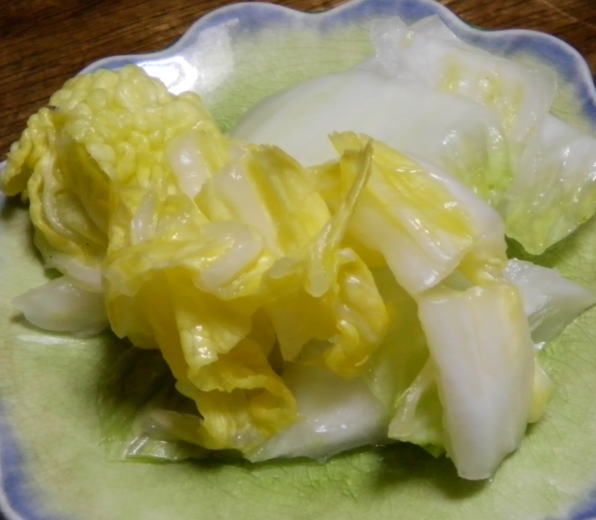
Asazuke of Hakusai.
|
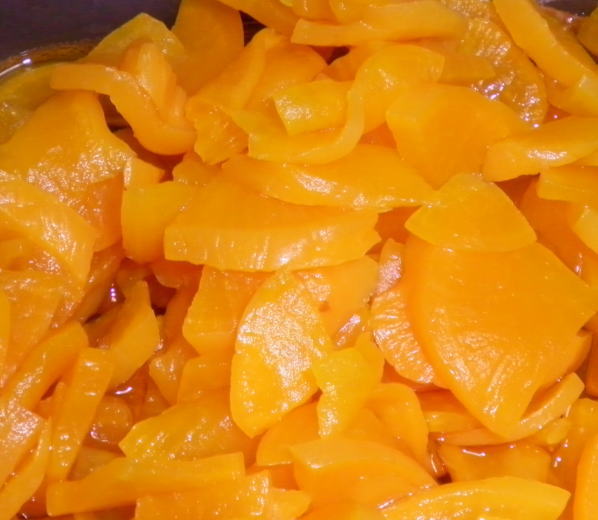
Tsuke Mono of radish cut in the gingko leave shape.
|
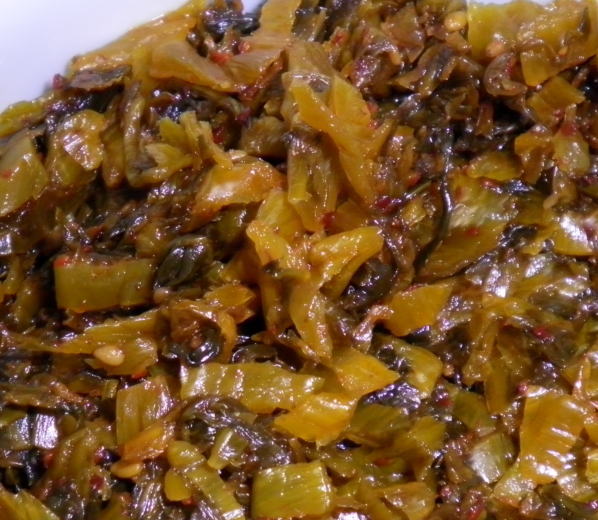
Takana or Japanese leaf mustard pickled with pepper.
|
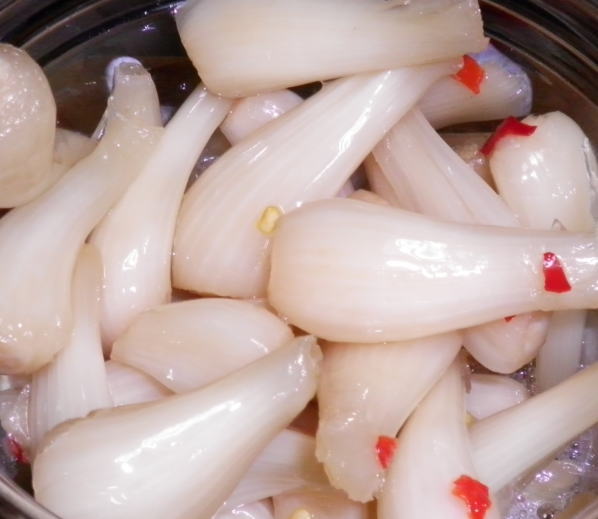
Japanese Rakkyo scallion bulb pickles.
|
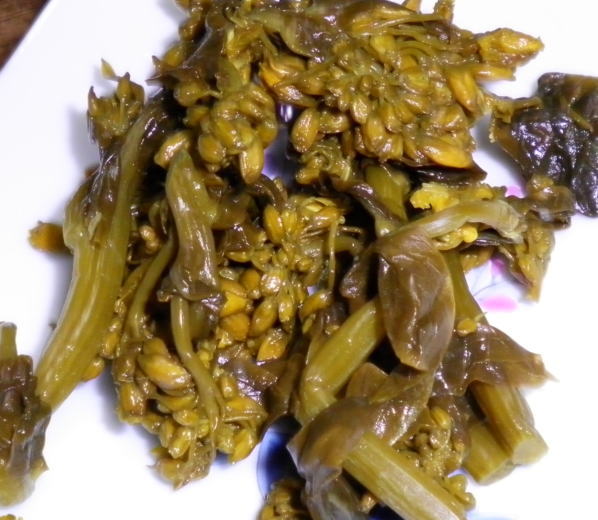
Hana Zuke or pickled Japanese rape blossoms.
|
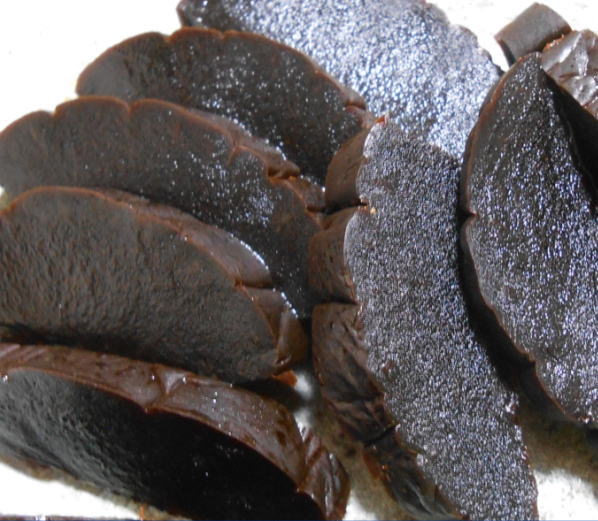
Nara Zuke, a local delicacy in Nara.
|
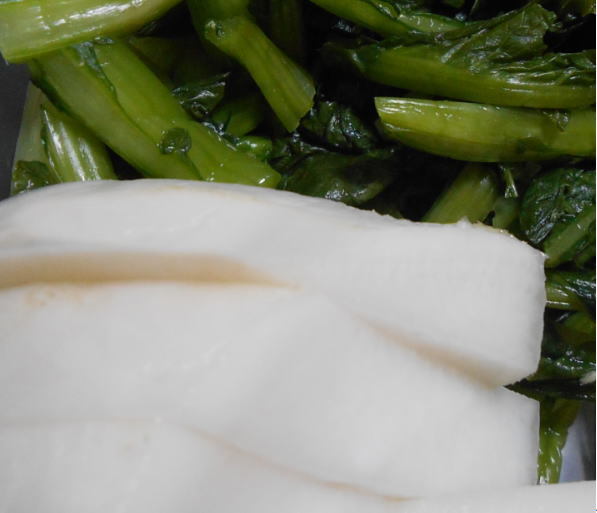
Tsuke Mono of turnip.
|
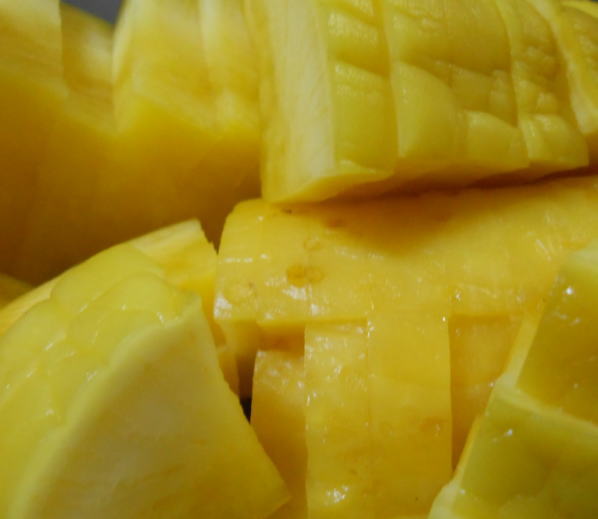
Takuan or pickled radish in Nuka (fermented rice bran) and salt.
|

Semnai Zuke of turnip cut into thin sheets, pickled in vinegar with Kombu and chili pepper.
|

Asazuke of Hakusai.

Tsuke Mono of radish cut in the gingko leave shape.

Takana or Japanese leaf mustard pickled with pepper.

Japanese Rakkyo scallion bulb pickles.

Hana Zuke or pickled Japanese rape blossoms.

Nara Zuke, a local delicacy in Nara.

Tsuke Mono of turnip.

Takuan or pickled radish in Nuka (fermented rice bran) and salt.

Semnai Zuke of turnip cut into thin sheets, pickled in vinegar with Kombu and chili pepper.
|
|






































